Air Quality Strategy
North Tyneside Councils Air Quality Strategy specifies how we will strive to improve air quality across the borough and how we will monitor the effectiveness of the actions and measures being taken to reduce the pollutant levels.
How we monitor air quality
Under the Environment Act 1995 we are responsible for assessing the local air quality. We carry out this assessment by real and proactive monitoring of pollutants and by screening planning projects. The results of air quality monitoring are compared against air quality objectives on an annual basis. The air in North Tyneside currently meets these air quality objectives. We have two operational real time monitoring stations in the borough.
They are located at the following locations:
- East Howdon, Northumbria Sewage Works
- Wallsend, High Street East
The stations continuously monitor for nitrogen dioxide and particulates.
We also monitor nitrogen dioxide with diffusion tubes in 27 locations in the borough, which provide an indicative measurement on the air quality.
If the objectives for air quality were not met North Tyneside would need to declare an air quality management area and would then be required to create an action plans to reduce the air emissions from that pollutant. The most current annual review of air quality has now been renamed as the annual status report to incorporate the requirements of the DEFRA Technical Guidance TG16.
Smoke control
Smoke is known to contribute to fogs, cause respiratory problems and ill health. Smoke control orders were introduced in the 1950s to control smoke emissions from chimneys by the creation of The Clean Air Act 1993.
North Tyneside Council has created 61 smoke control areas that cover the majority of North Tyneside. It is an offence to create smoke from a chimney except during lighting up when kindling maybe used.
If you use an an open fire you must use authorised fuels (often known as smokeless fuels) or use an exempt fireplace that will prescribe the fuel that may be burnt.
Find out more at GOV.UK.
Burn Better, Breathe Better.
Did you know that burning the incorrect fuels on your wood burning stove can affect your health and the air that we breathe? Ensuring you burn high-quality fuels that are right for your appliance will reduce the particulates released into the air. Burning low-quality fuels can emit more particulates which, when mixed with other emissions in your chimney, can affect your health.
The ‘Burn Better, Breathe Better’ campaign promotes burning better with your indoor stove or open fire by:
· Checking it regularly
· Sweep it professionally
· Feed it the right fuels.
Air pollution is the biggest environmental risk to public health. Using a stove or open fire at home is a major contributor of fine particulate pollutant, PM2.5. Fine particulates can damage lungs and other organs and can be harmful to health.
Smoke control orders cover the majority of the residential areas of North Tyneside. They limit the amount of particulates emitted from chimneys to the air that we breathe. The Orders only permit authorised fuels to be burnt unless you use an ‘exempt appliance’. Unauthorised fuels, such as wood, can only be burned in exempt appliances such as some stoves, boilers and cookers.
When purchasing your wood or authorised fuels such as briquettes and fire logs, for immediate use, look for the ‘Ready to Burn’ logo. Wood sold as Ready to Burn, will contain no more than 20% moisture content. Manufactured solid fuels, with the Ready to Burn logo will have a sulphur content of 2%.
Obtaining wood in volumes over 2 cubic metres, you will need to store and season the firewood until it is no more than 20% moisture content.
Financial penalties of up to £300 can be issued if your chimney emits too much smoke. You can be fined up to £1,000 if you burn unauthorised fuel without an exempt appliance. Ring Environmental Health for further advice: 0191 643 6100.
Find out more on the Burn Better, Breathe Better website
Air quality daily forecast
A daily air pollution forecast is provided by the Met Office. The forecast is given as a 5 day outlook on the pollution levels for the UK. The pollution index is scored from 1 to 10, 1 being low and 10 very high. The air quality forecast is based on 5 key pollutants: ozone, nitrogen dioxide, sulphur dioxide, PM2.5 and PM10 particles, that can have an impact on your health.
The forecast can also be obtained by ringing Freephone 0800556677.
